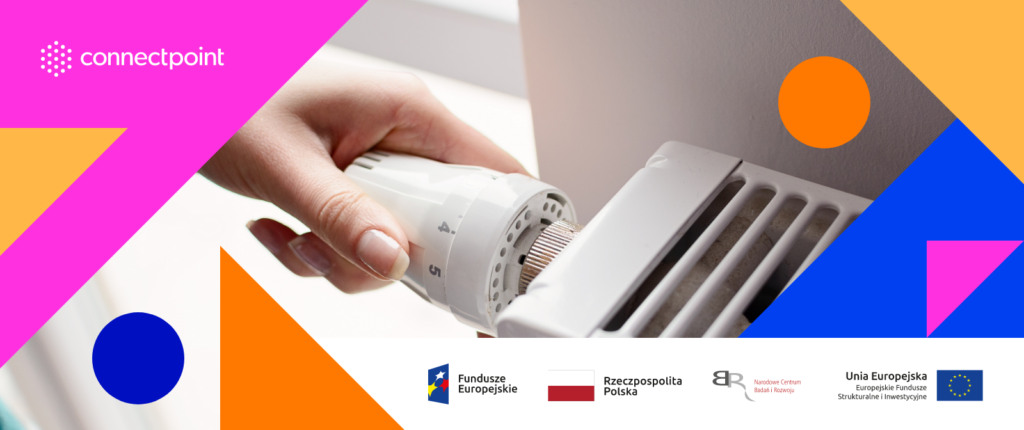We create innovations in the National Centre for Research and Development’s (NCBiR) project “Heat and cold storage”
The year 2021, and especially the beginning of the heating season in autumn, brought a rather drastic increase in the prices of heat, electricity and fossil fuels – including the most commonly used for heating homes in Poland – coal and natural gas. The situation has worsened even further due to Russia’s aggression against Ukraine.
A significant increase in fuel market prices and their actual deficit, caused by the necessary embargo on coal and the re-routing of natural gas supplies, are extremely encouraging for energy and heat savings and the full use of home production from RES.

Home Renewables influence on heat savings
In 2020 and 2021, the photovoltaic sector, primarily prosumer photovoltaic, has grown rapidly. A similarly remarkable dynamism follows it in the heat pump industry. These technologies make it possible to move away from fossil fuels and effectively use RES energy production to heat homes and other facilities.
However, the problem lies in the instability of RES sources and, in the case of photovoltaics, the different annual and daily production profiles from heat demand in buildings. This makes it necessary to store excess solar energy in order to use it at other times of the day or year.
Secondly, due to the state of the low-voltage electricity grid, in many parts of the country, we already experience overproduction from RES and the switching off of photovoltaic inverters. Lack of alternative management of this energy leads to loss of potential benefits for owners of RES installations and loss of a stream of ecologically produced energy.
While electricity storage is constantly being developed, it is still relatively expensive. The price is not sustainable, especially for individual applications in single-family houses—all the more reason to try to combine heat or cooling production systems with Renewable Energy Sources. Surplus electrical energy can be converted into heat and stored as such.
The technology for storing heat and cold has been known and researched for many years. Large heat accumulators have been implemented in municipal and industrial heating systems in Poland for years. However, there is a lack of widely available, proven and, most importantly, cheap storage facilities on a micro-scale. We lack devices and systems explicitly developed for single-family housing, small offices or commercial and public buildings.
It is important to remember that heat is the energy stream with the largest share in household budgets (larger than electricity). This makes it even more important to look for savings in the field of home heating and hot water heating and to maximise the use of RES for these needs.
ConnectPoint R&D project
To meet these very needs and correctly diagnose the situation in the energy market, the National Centre for Research and Development (NCBiR) launched a new Research and Development Programme, “Heat and cold storage”, in 2021. As previously reported, ConnectPoint is one of several contractors of R&D works commissioned by NCBiR.
Both the competition requirements, conditions of project realisation indicated by NCBiR, goals and our ambitions make this project’s final success difficult. After all, it is not just about any idea, but such a concept, design and construction of the entire prototype system, which will be able to be commercialised and help residents or building owners.
The technological goal is to identify, model and verify the operation of an optimal system whose main components will be heat and cold storage, a renewable energy system and a heat pump. The economic and ecological goal is to propose a plan that will make the building owner independent of external energy sources.
The idea of the Programme, which we are pleased to carry out on behalf of NCBiR, is very clearly explained in polish in the following video:
The project ” Heat and cold storage” gives us a chance to use our experience from optimisation projects for the heating and power sector carried out in recent years in a new area.
The implementation of this grant gives us a unique opportunity to turn the idea of energy-saving, supported by our IT solutions and products, into an exciting prototype combining IT with typical engineering practices. It also allows us to participate even more actively in the discussion on sustainable utilities and the role of technology in this transformation.
Considering the already quite significant advancement of the conceptual work, we are convinced that the final stage of the Project will be very interesting. We are already looking forward to the results of our team’s work!
